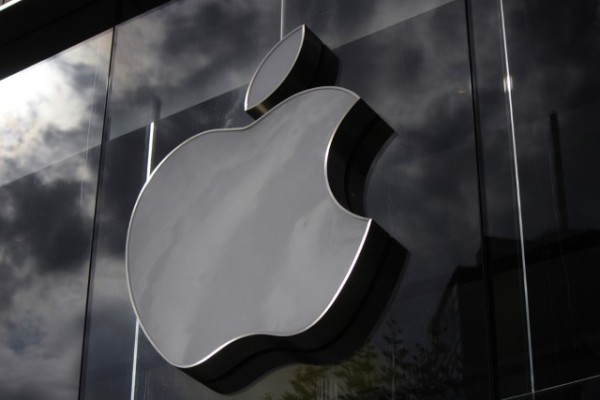Introducing Apple Declarative Device Management: A comprehensive guide for Mac administrators

As a Mac administrator, managing a fleet of Apple devices across your organization requires consistent practices and robust security measures. With numerous system services and background tasks to oversee, maintaining uniform configurations and safeguarding organizational data are formidable challenges.
Apple has introduced a powerful new Declarative Device Management (DDM) approach to address these challenges. This update to the Mobile Device Management (MDM) protocol represents a paradigm shift in device management, offering an efficient and secure means of administering macOS devices. DDM enables tamper-resistant configurations and facilitates simplified monitoring of system services and background tasks. Declarative status reports allow administrators to know about a device's current state.
This article will delve into Apple's DDM in macOS Sonoma. Specifically, we will explore how this approach transforms the management of system services, certificates, and identities while transitioning away from traditional MDM systems. Whether you are an experienced Mac administrator or new to the role, this guide aims to provide valuable insights into DDM for you and your organization.
Simplified management for system services
MacOS DDM is an approach that offers secure and reliable management of system services. By utilizing tamper-resistant system configuration files, uniform and secure configurations can be ensured across all devices. This method enhances consistency and compliance and safeguards against accidental user changes, resulting in an added layer of protection.
For example, system services such as sshd, sudo, PAM, CUPS, Apache httpd, bash, and Z-shells can adopt managed service configuration files. These configuration files reference a data asset containing a ZIP archive of SSH keys. When specific conditions are met, such as FileVault enabled, the archive is downloaded and expanded into a tamper-resistant, service-specific location. This approach prioritizes managed configurations, surpassing any default or overridden system configuration.
DDM paves the way for secure and efficient management of system services, making it an important consideration for ensuring optimal performance and reliability.
Monitoring and compliance rules
MacOS DDM provides an efficient solution for monitoring and managing background tasks. Its comprehensive list of installed background tasks simplifies the verification process, ensuring that essential tasks are running while preventing unwanted ones. This tool is highly beneficial as it promotes better task management and helps maintain optimal system performance.
Declarative status reports for Apple devices provide real-time information about the current state of a device, encompassing details about the device itself, user accounts, passcode, and MDM-installed apps. When a Mobile Device Management solution subscribes to these status objects, it receives updates on any changes to these variables. These status reports are compatible with various enrollment methods, including User Enrollment, Device Enrollment, and Automated Device Enrollment, making them a versatile tool for device administration and oversight.
For example, DDM now reports the FileVault-enabled state of the macOS boot volume. This valuable information allows for the safer installation of sensitive configurations. By leveraging these features, you can effortlessly maintain compliance and consistency across all macOS devices in your organization.
Secure access with certificates and identities
Secure access to organizational resources heavily relies on certificates and identities. DDM offers an efficient mechanism for managing these crucial components.
Certificates and identities are considered asset declarations that different configurations can reference. This eliminates the need for duplicating certificates and identities in multiple profiles, reducing the management overhead significantly.
Organizations leveraging DDM can enhance security, streamline operations, and promote efficient resource management.
Simplified software updates
Apple's DDM introduces a new software update process, simplifying the challenges traditionally faced by administrators.
In the past, administrators encountered significant challenges when managing software updates. However, with DDM, this process becomes notably simpler. The Declarative model handles scheduling and applying updates, enabling administrators to define the desired state, such as ensuring the latest software version, while DDM runs the rest autonomously.
DDM represents a significant advancement in software update management, streamlining administrative tasks and enhancing security, performance, and device integrity. DDM fundamentally changes how Mac admins manage and understand software updates, ensuring a seamless user experience.
Seamless migration from MDM to DDM
Transitioning from traditional MDM to DDM may present challenges. However, DDM offers a seamless transition without causing disruption or leaving a management gap. This is accomplished by enabling DDM to assume control over managing existing MDM profiles, eliminating the need for their removal.
In Conclusion
Apple DDM is a transformative new approach to device management that offers a range of benefits for Mac admins. Enhanced security and simplified management of system services, certificates, and identities represent the future of device management.
Photo credit: 360b / Shutterstock

Jack-Daniyel Strong is Client Platform Engineer at Fleet Device Management.
